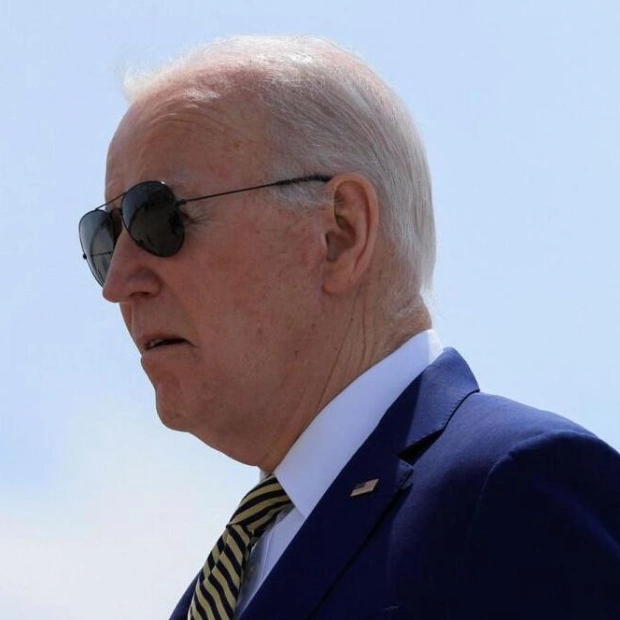Oil prices surged approximately two percent to reach a one-week peak on Monday, driven by optimism about increased fuel consumption during the summer months, despite a stronger US dollar and predictions that the US Federal Reserve will maintain elevated interest rates for an extended period. The Fed employs higher interest rates as a tool to combat inflation, which in turn increases borrowing costs for both consumers and businesses, potentially slowing economic growth and diminishing oil demand. Likewise, a robust US dollar can diminish oil demand by making dollar-denominated commodities, including oil, more costly for those holding other currencies. Brent futures increased by $1.36, or 1.7 percent, to $80.98 per barrel at 1524 GMT, while US West Texas Intermediate (WTI) crude climbed by $1.46, or 1.9 percent, to $76.99. This marks the highest closing levels for both benchmarks since May 31. Analysts at Goldman Sachs anticipate Brent to reach $86 per barrel in the third quarter, citing a report that robust summer travel demand will result in a third-quarter deficit of 1.3 million barrels per day (bpd). Simultaneously, the US dollar hit a one-month high against a basket of currencies as the euro plummeted due to political turmoil in Europe following the far-right's gains in the European Parliament elections, prompting French President Emmanuel Macron to call for an early national election. "The rise in crude prices commenced as the US began its week. Investors across the Atlantic seem to overlook the euro's weakness and the consequent strength of the dollar due to the French snap elections," remarked Tamas Varga of oil broker PVM. "There is a growing belief that demand will be robust as the summer driving season nears, leading to significant stock reductions." Last week, oil recorded a third consecutive weekly decline due to concerns that the OPEC+ plan to ease some production cuts starting in October would contribute to an already increasing supply. Despite the OPEC+ cuts, oil inventories have been rising. US crude and gasoline stocks also increased in the latest week. Energy consultancy FGE predicts that oil prices will rally, reaching the mid-$80s in the third quarter. "We continue to anticipate the market to strengthen," FGE stated. "However, it may require a compelling signal of tightening from preliminary inventory data." Investors are now focusing on the key US Consumer Price Index inflation data for May, scheduled for release on Wednesday, for clues on when the Fed might begin to lower interest rates. The market is also awaiting the conclusion of the Fed's two-day policy meeting on Wednesday, where it is widely expected to keep interest rates unchanged. Market expectations for a rate cut by the Fed in September have diminished following Friday's data, with current pricing indicating less than a 50 percent chance of a reduction, down from a 69 percent chance last week. Traders have also reduced their expectations for the extent of easing this year, with market pricing now suggesting just one cut instead of two prior to the payrolls data, according to data from financial firm LSEG.

Text: Lara Palmer
11.06.2024
Despite a Strong Dollar and Fed's High Rates, Oil Futures Climb on Summer Demand Expectations





